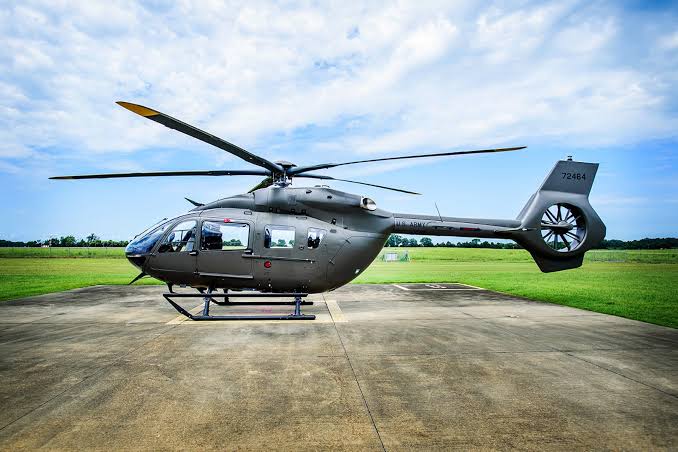High costs keep helicopters scarce in Uganda
In the private sector, while some companies recognize the benefits of helicopter use for activities such as tourism, aerial surveys, or cargo transportation, the return on investment may not always justify the high costs involved.

Uganda’s diverse landscapes and challenging terrains demand versatile transportation options, yet helicopters remain scarce in the country.
The primary reason behind this scarcity, as experts explain, is the exorbitant costs associated with acquiring and maintaining these aircraft.
According to aviation experts and industry insiders, the cost of helicopters poses a significant barrier to their widespread adoption in Uganda.
Mr. John Wamala, a senior aviation analyst, explains, “The initial purchase price of helicopters, coupled with ongoing maintenance expenses, makes them prohibitively expensive for many potential buyers in Uganda, both in the public and private sectors.”
Research shows that helicopters come with a hefty price tag, ranging from hundreds of thousands to millions of dollars depending on the model and specifications.
Wamala notes, “The costs involved in acquiring a helicopter are substantial, often surpassing the budgets of government agencies or private companies operating in Uganda.”
For example, according to Aircraft24.com, a basic two-seater Robinson R22 helicopter can cost upwards of $250,000, while larger multi-purpose helicopters such as the Bell 412EPI can exceed $10 million.
Ongoing Maintenance Expenses
The expenses don’t stop after the purchase. Wamala explained that helicopter maintenance is a continuous and costly process. Regular inspections, repairs, and overhauls are necessary to ensure the aircraft’s safety and airworthiness. This requires highly skilled personnel and specialized facilities.
“Maintaining a helicopter can be as expensive as buying one. Spare parts are often imported and come at a premium, driving up the overall maintenance costs.”
In Uganda, government agencies face budget constraints that limit their ability to invest in helicopters.
Dr. Jane Nalubega, an economist specializing in public finance, explains, “Government budgets are stretched thin, with competing priorities in healthcare, education, and infrastructure. Allocating funds for helicopter procurement and maintenance is often not a priority.”
In the private sector, while some companies recognize the benefits of helicopter use for activities such as tourism, aerial surveys, or cargo transportation, the return on investment may not always justify the high costs involved.
“There is a reason why we have few helicopters in Uganda, they are expensive machines. They require more fuel to stay afloat. Helicopters need to burn more fuel to generate lift since they are heavier which increases their operating costs significantly among other factors,” said Capt Ashaba Faridah, a female pilot specialized in flying tourists.
According to Ashaba, just because one can afford the fuel of the Range Rover, doesn’t mean they can handle the cost of its maintenance or even afford it. The same logic applies here, it’s the operations that come after that make helicopters expensive.
Implications of Helicopter Scarcity
The scarcity of helicopters in Uganda has significant implications, particularly in emergency response and law enforcement. Delays in medical evacuations, search and rescue operations, and aerial surveillance can have life-threatening consequences.
Addressing the issue of helicopter scarcity in Uganda will require innovative solutions and collaboration between public and private sectors. This may include exploring alternative financing models, such as leasing or public-private partnerships, as well as seeking assistance from international donors or organizations.







